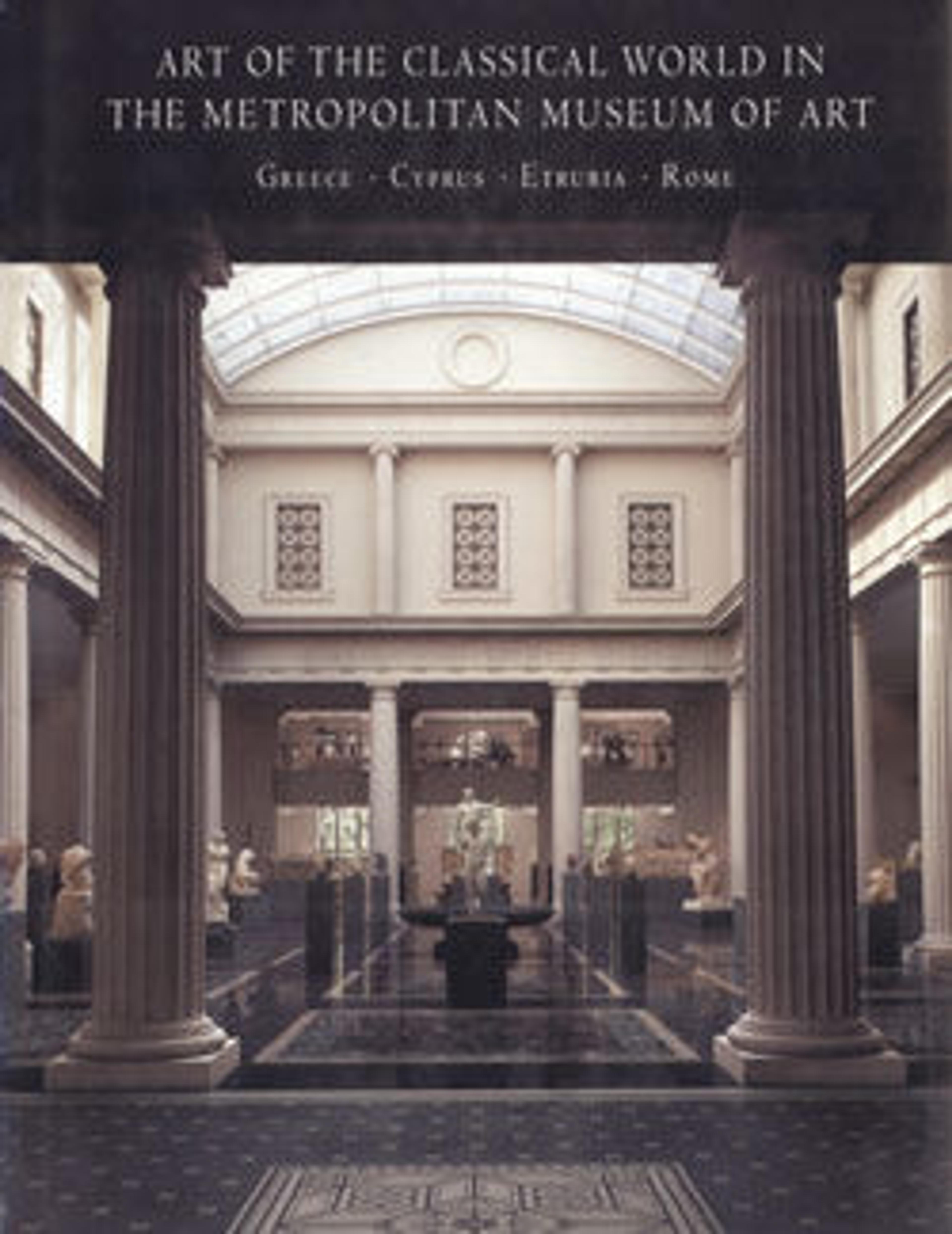Marble head of a veiled man
The emperor was the chief state priest, and many statues show him in the act of prayer or sacrifice, with a fold of his toga pulled up to cover his head as a mark of
piety. However, this highly idealized head may represent the Genius, or protective spirit, of the living emperor. Traditionally the protective spirit of every Roman household was worshiped at the family shrine. It was represented by a statuette with veiled head holding implements of sacrifice. Similar veneration of the Genius
Augusti, introduced by the paternalistic Augustus, was widespread at public shrines and altars.
piety. However, this highly idealized head may represent the Genius, or protective spirit, of the living emperor. Traditionally the protective spirit of every Roman household was worshiped at the family shrine. It was represented by a statuette with veiled head holding implements of sacrifice. Similar veneration of the Genius
Augusti, introduced by the paternalistic Augustus, was widespread at public shrines and altars.
Artwork Details
- Title: Marble head of a veiled man
- Period: Early Imperial, Julio-Claudian
- Date: 1st half of 1st century CE
- Culture: Roman
- Medium: Marble
- Dimensions: H. 10 in. (25.4 cm)
- Classification: Stone Sculpture
- Credit Line: The Bothmer Purchase Fund, 1991
- Object Number: 1991.11.5
- Curatorial Department: Greek and Roman Art
More Artwork
Research Resources
The Met provides unparalleled resources for research and welcomes an international community of students and scholars. The Met's Open Access API is where creators and researchers can connect to the The Met collection. Open Access data and public domain images are available for unrestricted commercial and noncommercial use without permission or fee.
To request images under copyright and other restrictions, please use this Image Request form.
Feedback
We continue to research and examine historical and cultural context for objects in The Met collection. If you have comments or questions about this object record, please complete and submit this form. The Museum looks forward to receiving your comments.
